|
Hidden london
|
||
|
Gas Lamp The last gas lamp powered by methane rising from the London sewers.
The Webb Patent Sewer Gas Lamp was invented in the late 19th century, primarily as a means to burn off smells from the sewers running underneath. To find the lamp walk up past the Savoy Hotel from Trafalgar Square, and the lamp is on Carting Lane The Ferryman's seat The Ferryman's seat was constructed for the convenience of Bankside watermen, who operated ferrying services across the river. Long ago when London had only London bridge to cross over the river, there were many ferrymen waiting to take people from one side of the shore to the other.
The Ferryman’s seat is on Bankside near to where Shakespeare’s Globe now stands. A Street bollard This street bollard, seen on the banks of the Thames near the Golden Hinde, is made from an old cannon from a 18th century warship
Drinking Fountain Look out for Victorian drinking fountains all over London. They come in all shapes and sizes.
Coal Holes A coal hole is a hatch in the pavement above an underground coal bunker. You can find them lurking in the pavements outside most Georgian or Victorian houses. Until as late as the 1960s, these tiny portals were used to deliver coal to the cellars of upper-class housing.
Police signal Post The police "signal post" appeared on the streets of London in the 1880s and made use of the newly-invented telephone. They were followed later by the classic "Dr Who" police box launched in the 1920s.
|
||
|
© Copyright Mandy Barrow 2013
Mandy is the creator of the Woodlands Resources section of the Woodlands Junior website.
The two websites projectbritain.com and primaryhomeworkhelp.co.uk are the new homes for the Woodlands Resources.
Mandy left Woodlands in 2003 to work in Kent schools as an ICT Consulatant.
She now teaches computers at The Granville School and St. John's Primary School in Sevenoaks Kent.

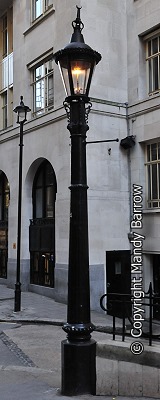
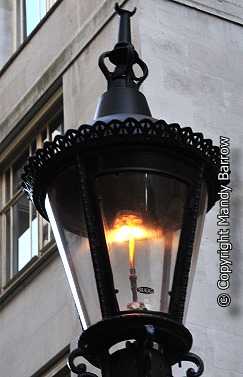
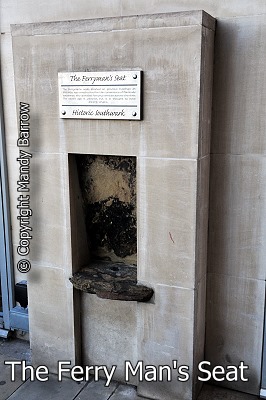
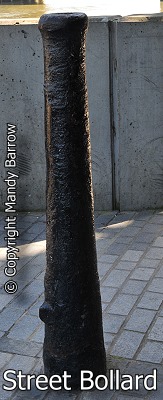
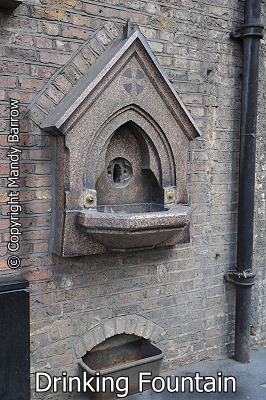
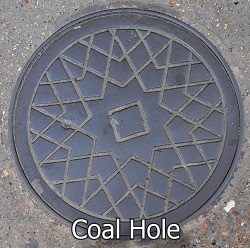
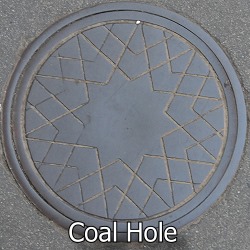

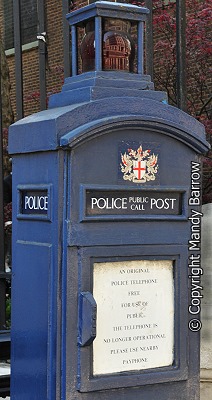
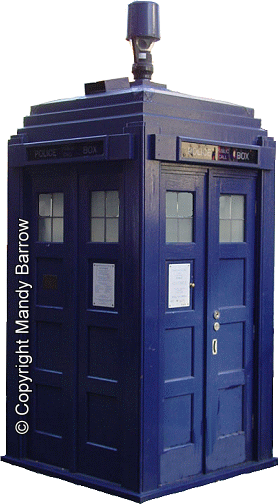
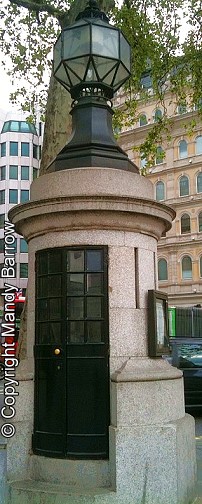
 ©
© 
